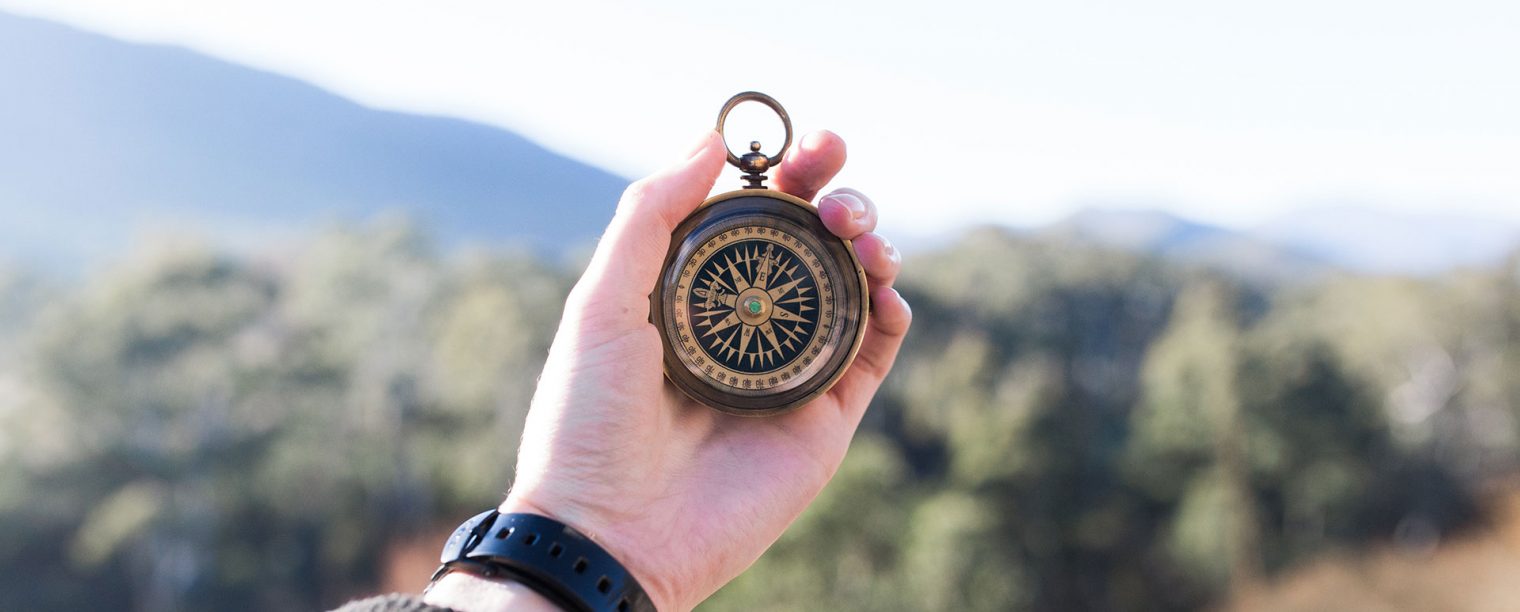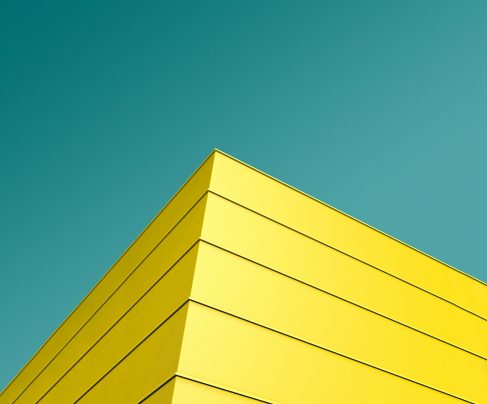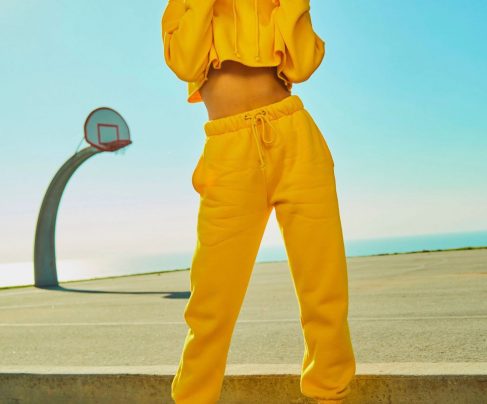
11 secrets for Licensing abstract photography
Strong geometric shapes, While abstract photography was once the sole domain of art museums like MoMA in New York City–where, in 1951, Edward Steichen introduced a collection of 150 abstract photographs–it has since expanded to the world of branding and marketing.
When browsing through The 500px Set on Getty Images, we noticed that over a quarter of the top 60 lookup results were abstract photos.
500px Accreditation Contributor Max van Son is an architect and a photographer, and his formal pictures of buildings in the vicinity of Amsterdam and Rotterdam sit right at the intersection of art and trade.
Max tells us”Right now, we Live at a time of wealth for realistic pictures, so there is a good demand for photos with a quirky and innovative representation of reality.”
We picked his brain to see How he creates photos that appeal to designers and advertisers around the globe. Continue reading to our top tips for producing abstract pictures which are both artistic, and extremely marketable as royalty-free stock photography.
Keep it simple
While Some genres may involve the inclusion of different components, abstract photography is more about the art of subtraction–particularly if you want to appeal to a wide range of customers.
“Make A definite selection of what’s important and what is not,” Max urges. “Just include one or two points of curiosity, and do not use too many colors.
Look first, shoot later
In abstract photography, you Can not rely on the same storytelling qualities you’ll find in figurative work, so that it comes down to shapes, and textures.
“It may sound obvious, but Have a look at the subject very carefully,” Max advises. “Look in many different directions and choose many distances till you’ve found the most optimal perspective.” Abstract compositions are seldom captured on a whim; place in the time and effort to make certain every detail is ideal.
Forget the rules
“Take a different approach,” Max suggests. “Photographs that do not conform to the usual photographic rules can take advantage of a topic’s graphic properties
Find patterns
Max’s photos often Include not just one powerful visual element but several identical ones. When composing abstract shots, look for repetition. Recurring contours, lines, and colours will add dynamism and visual attention to your photographs.
Look for colour harmonies
We go more in-depth on color Schemes in this article about the color wheel, but Max typically integrates either a monochromatic colour scheme or a complementary color scheme in his subjective Licensing work.
“I think it’s not just the Objects themselves but an interaction between bright contrasting colours or unique tones of one color that makes an abstract photo stand out,” he explains. “Compositions using a’harmonious contrast’ are greatly appreciated. Look carefully for a strong compositional element, then make a option to combine this with bright contrasting colors, complementary colors, or colors of an identical tonal range.”
Complementary colors include purple and yellow, red and green, and orange and blue.
Embrace powerful shadows
Abstract photos are easy And elegant, but it does not mean that they lack texture and depth.
“I always look for good Light and shadows,” Max continues. “I like to picture early in the morning or late in the day when light has an important function in the disposition of the scene. During these hours, you receive much better shadows and silhouettes. If the organic light is not great enough, then I’ll try it later.”
Reflections, which can transform an everyday scene into an otherworldly dreamscape.
Leave something to the imagination
“I believe abstract photographs are So popular with clients because the viewer can frequently offer his own interpretation,” Max tells us.
A Fantastic abstract picture isn’t Just pleasant to look in; it also has that surprise factor. If a photograph makes you ask,”What’s that?” You’re onto something.
Contain negative distance
It is an important principle In the arts, and it’s important in stock photography as well. Leaving room for clients to harvest your photos or add text and logos copy instantly makes your images more palatable.
Negative space and a plain Background can be useful in virtually any genre, but Max says it’s imperative with abstract Accreditation photos. “Avoid distractions,” he warns. “All attention must be focused on the main subject.”
Experiment with Various lenses
This”loosening” of this Conventional photography rules means you could use just about any lens you’d like for abstract work. “My favorite Canon lens is your TS-E 17mm f/4L,” Max informs us. “This tilt and change is of very excellent quality and is acceptable for both interior and exterior photography. With this lens, it is important that you stand (very) close to the subject to maintain distractions out of the composition as much as you can.”
But that is not the only lens He uses. “Other lenses that I use for abstract scenes are the Canon EF 16-35mm f/2.8LII and EF 70-200mm f/2.8LII,” he says. It’s easy to zoom and to think about what I will incorporate in my shot and what I will leave out.”
Train your eye
You don’t have to reinvent The wheel. For Max, abstract photography is not so much about finding something new as it is about seeing familiar things in a new light. “it is a struggle to turn something ordinary into something unique,” he states.
Observe your everyday Surroundings, and set them in a totally different context. The more you practice, the better you will get at seeing those energetic relationships between lines, shapes, colours, and textures.
Think outside the box
“This genre has Become much broader and more varied in recent years,” Max informs us. In particular, he is intrigued by the ways in which photographers are blending different fields like minimalism and long exposure photography to create original, abstract bits.
“Nowadays, we see a’combination’ “Similarly, different topics are combined more often–a fragment from character combined with, as an example, an architectural scene.”
The unique angles and Perspectives you can find, the greater. “Another recent example is aerial Drone photography,” Max adds. “Drone photography lets us create fascinating
While he acknowledges that The near future of abstract photography remains unpredictable, he’s convinced that Creative, unconventional thinking will drive the genre into new and Unanticipated terrain.



